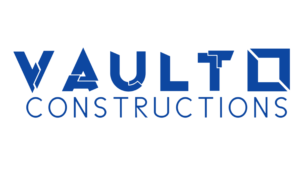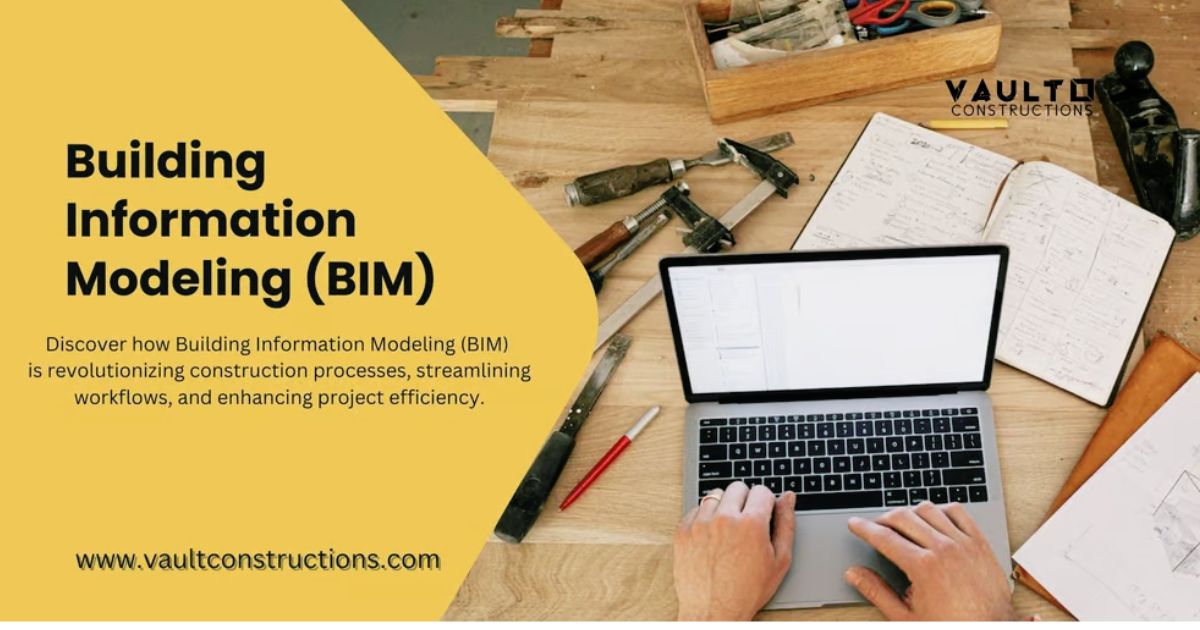Building Information Modeling (BIM): Revolutionizing Construction Processes
Advancement is the way to outcome in the quick moving business of development. One such groundbreaking innovation that has transformed the construction industry is Building Information Modeling (BIM). This state-of-the-art innovation has changed development activities, permitting specialists to configuration, construct, and keep up with structures all the more productively and really. In this essay, we will dig into the realm of BIM, investigating its advantages, uses, and how it is altering the building business.
Building Information Modeling (BIM): A Game-Changer in Construction
Building Information Modelling (BIM) is the digital depiction of a building’s or infrastructures physical and functional features. It involves the creation and management of a comprehensive database that incorporates all the necessary information about a project, including geometric data, spatial relationships, quantities, and properties of building components. BIM provides a collaborative platform for architects, engineers, contractors, and other construction stakeholders to collaborate smoothly.
The Advantages of BIM:
Enhanced Collaboration and Communication
One of the key advantages of BIM is its ability to facilitate collaboration and communication among various professionals involved in a construction project. With BIM, architects, engineers, and contractors can work together in a shared digital environment, eliminating the need for multiple iterations of paper-based plans and reducing the chances of miscommunication. This improved collaboration leads to better coordination, fewer errors, and faster decision-making.
Improved Design and Visualization
BIM enables architects and designers to create highly accurate 3D models of buildings, allowing stakeholders to visualize the project in a realistic manner. This visual representation helps clients and investors gain a better understanding of the design and make informed decisions. Additionally, BIM allows for real-time design modifications, making it easier to incorporate changes and explore different design options.
Efficient Construction and Cost Savings
By utilizing BIM, construction professionals can optimize the construction process and minimize inefficiencies. BIM software allows for clash detection, which identifies and resolves conflicts between different building elements, such as structural and mechanical systems. This early detection of clashes saves time and resources that would otherwise be wasted on rework. Furthermore, BIM facilitates accurate quantity takeoffs, enabling contractors to estimate material quantities more precisely and avoid costly overruns.
Read Also: The Latest Trends in Construction Technology
BIM in Different Phases of Construction:
Pre-construction Phase
BIM is essential in project planning and design throughout the pre-construction phase. Draftsmen and designers might foster exact models with the fundamental data about the structure’s all’s parts, like walls, floors, windows, and entryways. This comprehensive model helps identify potential issues and design flaws before construction begins, reducing the likelihood of expensive rework.
Construction Phase
In the construction phase, BIM aids in project management and coordination. Contractors can utilize BIM to develop detailed construction schedules, allocate resources effectively, and monitor progress. BIM also enables better coordination between subcontractors, ensuring that each trade works harmoniously without conflicts. BIM may likewise be utilized with different advances, like Web of Things (IoT) gadgets and sensors, to screen and control building tasks progressively.
Post-construction Phase
Even after the construction is complete, BIM continues to add value during the building’s operational life. Facility managers can use BIM to access critical information about the building’s components, maintenance schedules, and energy usage. This data-driven approach allows for proactive maintenance and efficient facility management, resulting in cost savings and improved sustainability.
The Future of BIM: Advancements and Trends
Building Information Modelling (BIM) is evolving in tandem with technological breakthroughs and industry practises. Here are some of the key trends and future directions for BIM:
1. Cloud-Based BIM Collaboration
Distributed computing has changed how information is put away and shared. In the realm of BIM, cloud-based collaboration platforms are gaining popularity. These platforms allow multiple stakeholders to access and work on the same BIM model simultaneously, regardless of their physical location. This real-time collaboration improves efficiency, reduces delays, and enhances communication among project teams.
2. Virtual Reality (VR) and Augmented Reality (AR) Integration
BIM is being converged with computer generated reality (VR) and increased reality (AR) innovation to empower vivid encounters and further develop project representation. Through VR and AR, stakeholders can walk through virtual buildings, visualize design elements in real-world contexts, and detect potential issues before construction. This integration improves design understanding, facilitates client engagement, and aids in the decision-making process.
3. Internet of Things (IoT) Integration
The Web of Things (IoT) is reforming a few areas, including development. IoT devices can collect real-time data about building performance, energy usage, and maintenance requirements. When integrated with BIM, this data can be used for predictive maintenance, energy optimization, and overall building performance analysis. The combination of BIM and IoT enables smart buildings that are efficient, sustainable, and responsive to occupants’ needs.
4. Lifecycle BIM and Facilities Management
BIM expands beyond the design and construction phases to include the whole lifespan of a building. Facilities management teams can utilize BIM data to streamline operations, track maintenance schedules, and manage asset information. By leveraging BIM throughout the building’s lifecycle, stakeholders can ensure efficient facility management, minimize downtime, and maximize the building’s value.
Conclusion
Building Data Demonstrating (BIM) has developed as a game-changing innovation in the development area, reforming how structures are arranged, fabricated, and made due. With its ability to enhance collaboration, improve design visualization, and optimize construction processes, BIM has become an indispensable tool for professionals in the field. As the construction industry continues to evolve, embracing BIM will be crucial for staying competitive and delivering projects more efficiently than ever before.
FAQs about Building Information Modeling (BIM)
Q1: What are the key benefits of using BIM in construction projects?
A1: BIM offers several benefits in construction projects, including enhanced collaboration, improved design visualization, efficient construction, and cost savings through clash detection and accurate quantity takeoffs.
Q2: Can BIM be used for renovation and retrofitting projects?
A2: Absolutely! BIM is not limited to new construction projects. It can also be utilized effectively in renovation and retrofitting projects. BIM helps in assessing the existing building conditions, planning modifications, and coordinating various trades involved in the project.
Q3: Are there any industry standards or guidelines for BIM implementation?
A3: Yes, several industry standards and guidelines exist for BIM implementation. One such example is the BuildingSMART alliance, which promotes the use of open standards for BIM. Additionally, many countries and organizations have developed their own BIM standards to ensure consistent practices and interoperability.
Q4: Can BIM be integrated with other construction technologies?
A4: Absolutely! BIM may work in tandem with other construction technologies including IoT devices, drones, and virtual reality (VR) systems. This integration enhances data collection, analysis, and visualization, further improving construction processes and decision-making.
Q5: Is BIM suitable for small-scale construction projects?
A5: While BIM is commonly associated with large-scale projects, it can also be beneficial for small-scale construction projects. The level of BIM implementation can be tailored to the project’s specific needs and budget, ensuring that even smaller projects can reap the benefits of this technology.
Q6: How can professionals acquire the skills to work with BIM?
A6: Professionals can acquire BIM skills through various means, such as formal education programs, online courses, and hands-on training provided by software vendors. Additionally, industry certifications, such as Autodesk Certified Professional, validate individuals’ BIM competency and expertise.




Trackbacks & Pingbacks
[…] Building Information Modeling (BIM) is an interaction that utilizes 3D models to address a structure’s plan and development. BIM can be utilized to further develop coordination and correspondence between various partners in a development project, as well as to recognize potential issues from the get-go. […]
Leave a Reply
Want to join the discussion?Feel free to contribute!